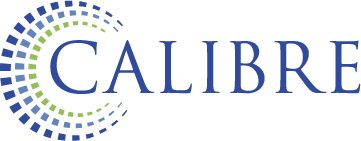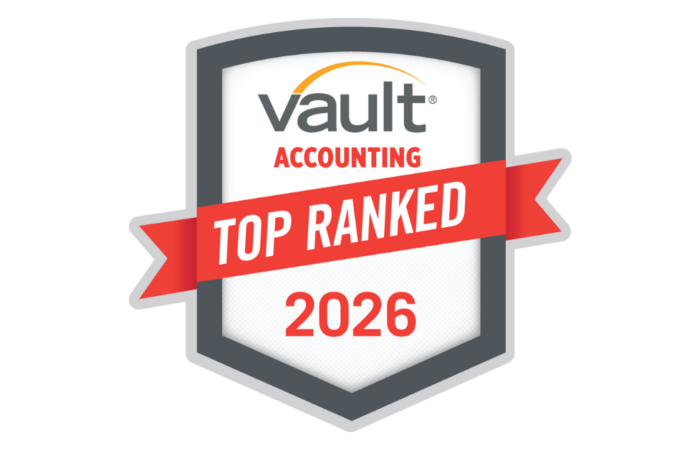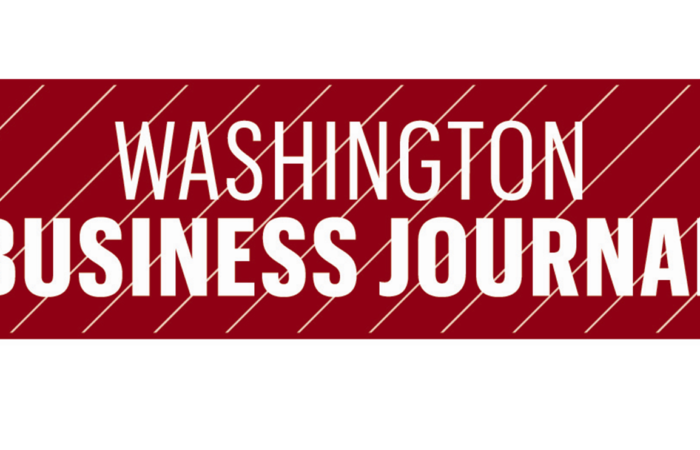On June 21, 2018, the Financial Accounting Standards Board (FASB) has issued accounting standards update (ASU) No. 2018-08, Not-for-Profit Entities (Topic 958): Clarifying the Scope and the Accounting Guidance for Contributions Received and Contributions Made, that clarifies and improves the scope and accounting guidance around contributions of cash and other assets received and made by not-for-profit organizations (NFPs) and business enterprises.
The new ASU clarifies whether certain transactions should be characterized as contributions or exchanges. It will improve financial reporting by reducing diversity in practice among NFPs and other businesses and organizations that make or receive contributions of cash or other assets—most notably in accounting for grants and similar contracts received by NFPs from governments.
What makes standardizing practices so important now? Contributions, defined as an unconditional transfer of cash or assets in a voluntary non-reciprocal transfer, are scoped out of revenue recognition. Exchange transactions—a reciprocal transaction in which two parties exchange something of commensurate value—are within the scope and need to be accounted for following the new revenue recognition requirements.
Determining whether a grant is conditional or unconditional can be difficult. The ASU states that determining if a donor-imposed condition exists is the key to determining when the contribution can be recognized as revenue. The first consideration is whether the grant agreement has a right-of-return requirement in which grantee must return to the promisor (grantor) assets transferred as part of the agreement or a right to release of the promisor from its obligation to transfer assets.
Additionally, the ASU has provided the following indicators that could create a barrier and make the grant conditional:
-
- The inclusion of a measurable performance-related barrier or other measurable barrier;
- Whether a stipulation is related to the purpose of the agreement;
- The extent to which a stipulation limits discretion by the recipient.
The amendments in ASU No. 2018-08 should be applied on a modified prospective basis. Retrospective application is permitted. Under a modified prospective basis, in the first set of financial statements following the effective date, the amendments should be applied to agreements that are either:
-
- Not completed as of the effective date; or
- Entered into after the effective date.
A completed agreement is an agreement for which all the revenue (of a recipient) or expense (of a resource provider) has been recognized before the effective date in accordance with current guidance (for example, Topic 605, Topic 958, or other Codification Topics).
The amendments in ASU No. 2018-08 should be applied only to the portion of revenue or expense that has not yet been recognized before the effective date in accordance with current guidance. No prior-period results should be restated, and there should be no cumulative-effect adjustment to the opening balance of net assets or retained earnings at the beginning of the year of adoption. Under this approach, an entity is required to disclose both:
-
- The nature of and reason for the accounting change; and
- An explanation of the reasons for significant changes in each financial statement line item in the current annual or interim period resulting from applying the amendments instead of the previous guidance.
For transactions in which an entity is either a public business entity or an NFP that has issued, or is a conduit bond obligor for, securities that are traded, listed, or quoted on an exchange or an over-the-counter market and serves as a resource recipient, the entity should apply the amendments in ASU No. 2018-08 on contributions received to annual periods beginning after June 15, 2018, including interim periods within those annual periods. All other entities should apply the amendments for transactions in which the entity serves as the resource recipient to annual periods beginning after December 15, 2018, and interim periods within annual periods beginning after December 15, 2019.
For transactions in which an entity is either a public business entity or an NFP that has issued, or is a conduit bond obligor for, securities that are traded, listed, or quoted on an exchange or an over-the-counter market and serves as a resource provider, the entity should apply the amendments in ASU No. 2018-08 on contributions made to annual periods beginning after December 15, 2018, including interim periods within those annual periods. All other entities should apply the amendments for transactions in which the entity serves as the resource provider to annual periods beginning after December 15, 2019, and interim periods within annual periods beginning after December 15, 2020.
Early adoption of the amendments is permitted.
What’s next for the grantees and grantors:
-
- Grantees: All nonprofits that receive grants from foundations, governments, or other funding entities will need to assess how they are accounting for contributions. College, universities, research institutions, and social services organizations that rely heavily grants and contracts could see the greatest impact.
- Grantors: Non-governmental organizations like public and private foundations, as well as for-profit entities that issue grants to nonprofits, will need to think about how they write their grants and contracts.
For more information on this topic, or to learn how Calibre NFP specialists can help, contact our team.




